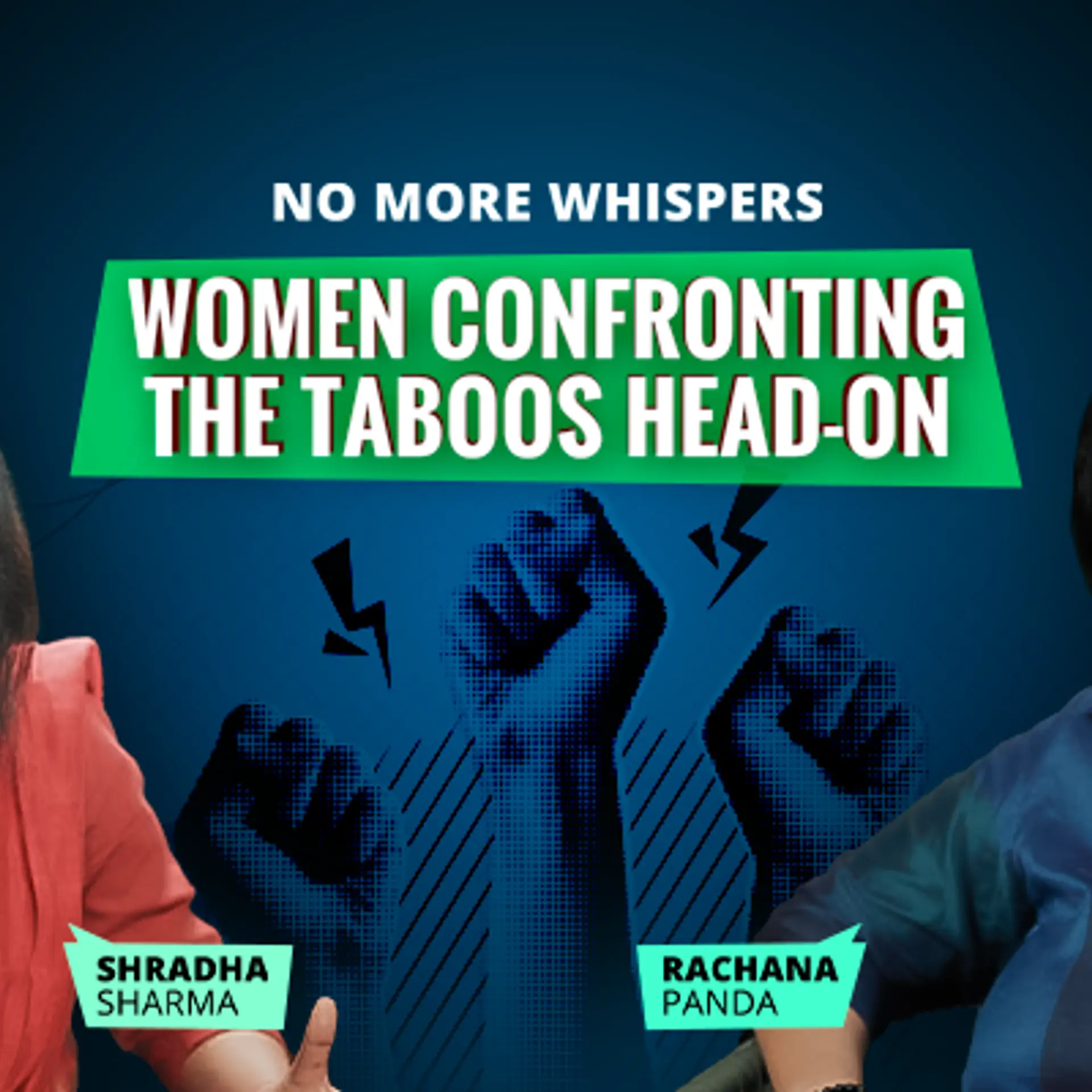Me at the Zoo: The 18-Second Video that Kickstarted YouTube
Today, with billions of users and hours of content uploaded daily, it's easy to forget the platform's roots. "Me at the zoo" serves as a valuable reminder of where it all began. A simple idea and the unexpected impact of seemingly insignificant moments.
In the vast digital landscape, where videos range from epic cinematic productions to short format cat fails, it's hard to imagine a time before video-sharing platforms. Yet, in 2005, a seemingly insignificant 18-second clip titled "Me at the Zoo" became the humble beginning of what we now know as YouTube. This isn't just the story of a video; it's a glimpse into the accidental birth of a cultural phenomenon.
The year is 2005. Jawed Karim, a 26-year-old computer science graduate, films himself standing in front of the elephants at the San Diego Zoo, remarking on their "really, really, really long" trunks. This unedited, unpretentious recording, shot by his friend Yakov Lapitsky, was uploaded to a budding platform called YouTube, created by Karim alongside Chad Hurley and Steve Chen.

Little did they know, this simple act would spark a revolution. "Me at the zoo" wasn't a masterpiece, but its casual nature resonated. It showcased the platform's core idea: anyone could share their videos with the world. Soon, others followed suit, uploading home movies, music clips, and humorous skits. The internet embraced the popularization of video, and YouTube skyrocketed.
Beyond the novelty, "Me at the zoo" holds historical significance. It represents the first ripple in a pond that has grown into a tidal wave. It's a testament to the power of raw, unfiltered content, proving that virality doesn't always require high production value. This 18-second clip serves as a reminder of YouTube's humble origins, a time when the platform wasn't about million-dollar influencers or polished documentaries, but about the joy of sharing everyday moments.
But the impact goes beyond nostalgia. "Me at the zoo" highlights the evolution of online entertainment. It paved the way for countless careers, launched new forms of communication (vlogs, tutorials, reaction videos), and democratized access to information and self-expression. From amateur creators to established media houses, everyone found their voice on YouTube.
Today, with billions of users and hours of content uploaded daily, it's easy to forget the platform's roots. "Me at the zoo" serves as a valuable reminder of where it all began, a testament to the transformative power of a simple idea and the unexpected impact of seemingly insignificant moments. It's a reminder that even the smallest ripple can create waves that reshape the world, one video at a time.
Edited by Roshni Manghnani







